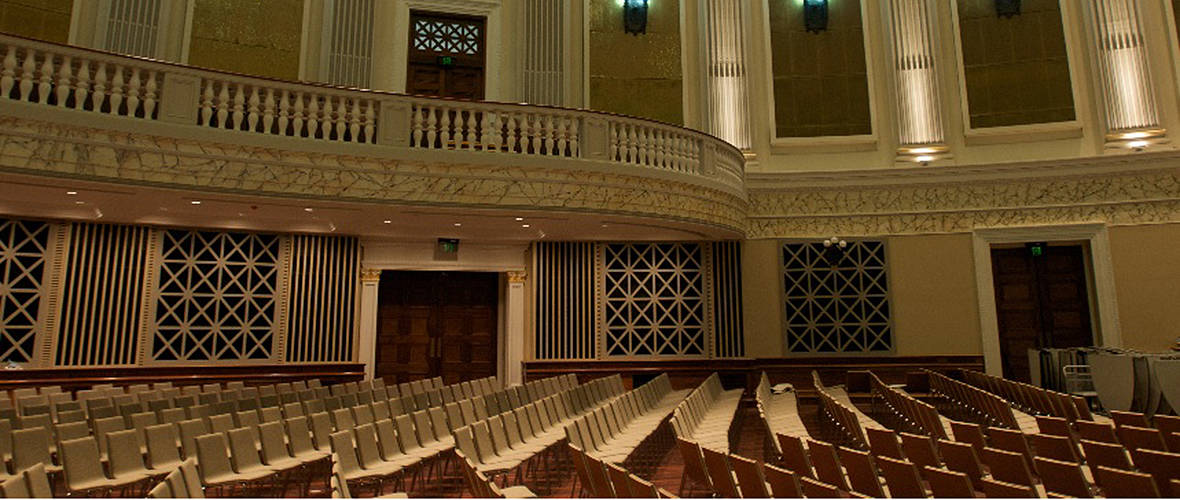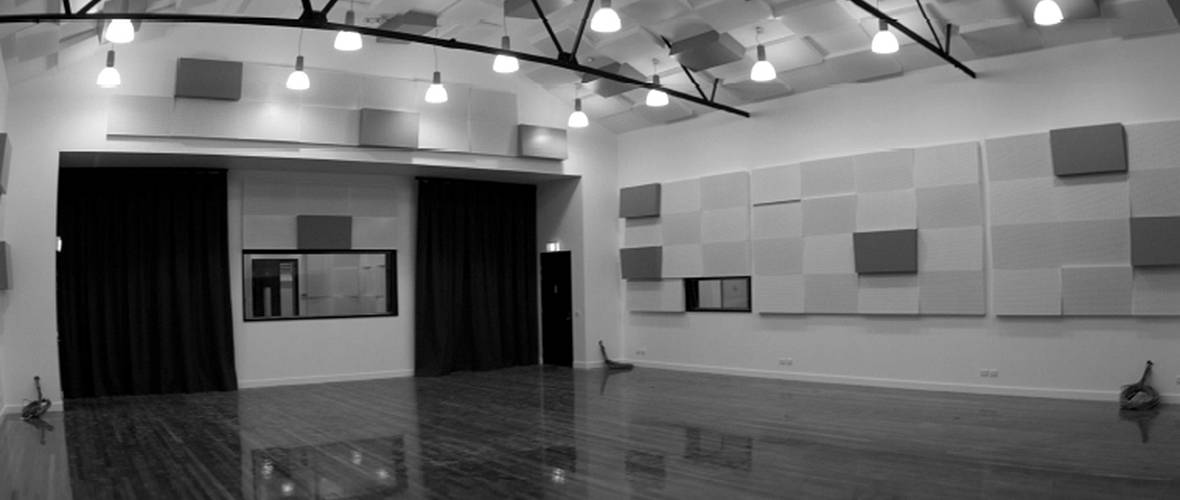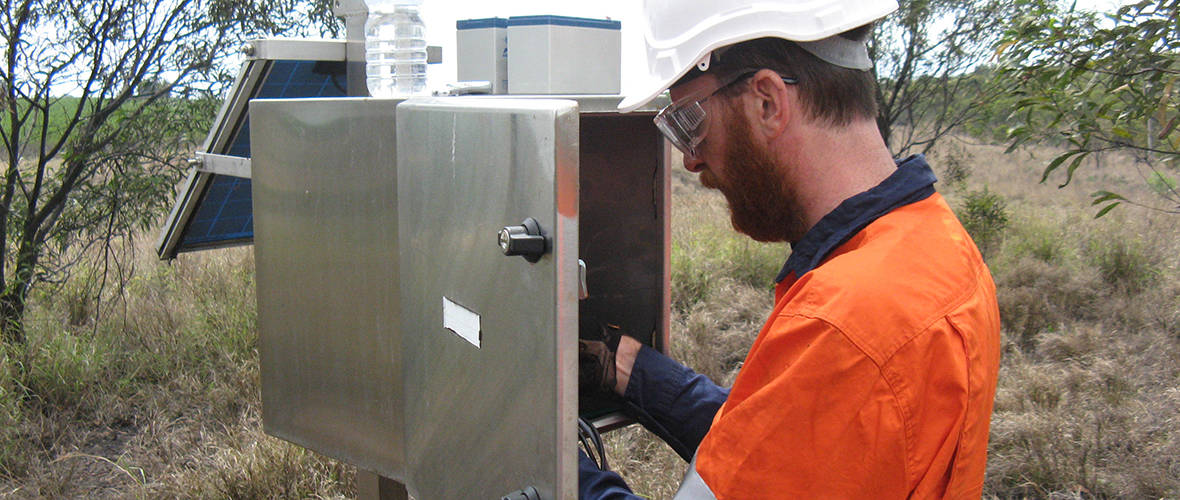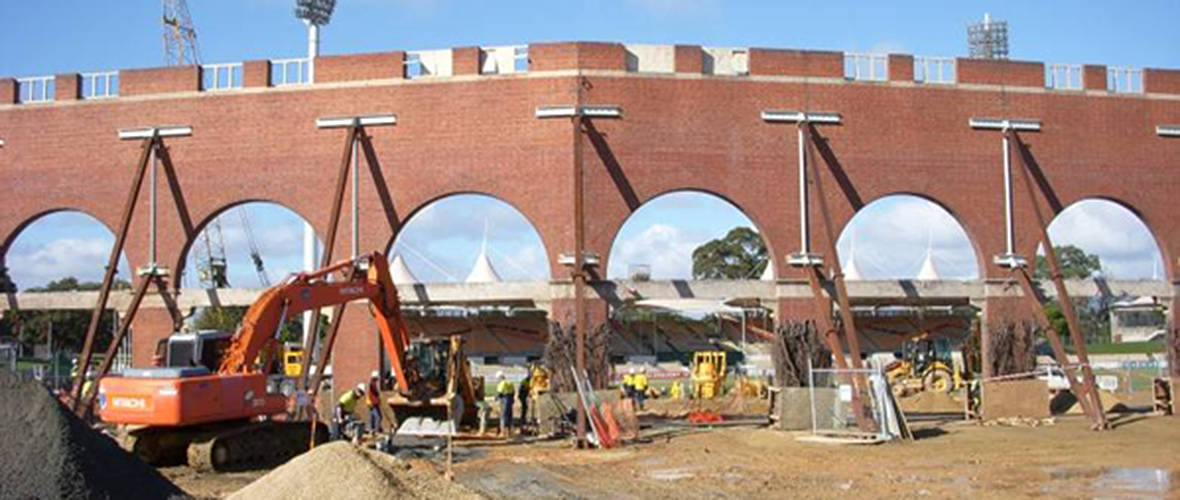Acoustics is one of AECOM’s specialist areas. We have a design-led culture where creativity is supported by leading technical, research and development experience.
By using sophisticated modelling techniques we optimise acoustic performance, enhancing functionality and achieving outstanding project outcomes. We have access to national and global specialists to bring more innovative and intelligent acoustic design ideas to your projects.
Our acoustical consultants specialise in the following areas:
Building Acoustics
- Detailed assessment of mechanical services to assess for compliance with relevant noise criteria
- Design of mechanical services noise control measures
- Acoustic design of plant rooms to control noise transmission to adjacent spaces
- Consideration of airflow requirements, practicality, maintenance requirements, and thermal performance
- Acoustic building design to control noise transfer between adjacent spaces
Vibration Acoustics
- Vibration specifications of sensitive equipment, such as electron microscopes
- Vibration conditions and sources at proposed building sites
- Construction vibration monitoring at nearby sensitive receptors (ie. residential dwellings, educational facilities etc.)
- Structural dynamic modelling
- Design measures to minimise structural vibration levels and isolate vibration sensitive equipment
Architectural Acoustics
- Internal acoustics for operating theatres, wards, consulting suites and lecture theatres
- Speech privacy between spaces
- Acoustic isolation of noise sensitive spaces including impact noise control
- External noise intrusion control from sources such as road, rail and aircraft
- Design of internal acoustic treatment through material selection and building acoustic panels
Environmentally Sustainable Design (ESD) Acoustics
- Advanced analysis tools to ensure sustainable design measures maintain acoustic objectives
- Green Star acoustic criteria and associated credit points
Road and Rail Noise Mitigation
- Noise monitoring to determine levels experienced at sensitive receptors (ie. residential dwellings, educational facilities etc.) within close proximately to an existing or proposed road/rail alignment
- Acoustic modelling of new and upgraded road/rail alignments to predict noise levels at nearby sensitive receptors
- Noise barrier design (noise walls, sound barriers, acoustic fences) to control road/rail noise emissions to sensitive receptors
Environmental Acoustics
- Design measures to mitigate environmental noise emissions of mechanical and electrical services at nearby noise sensitive locations, such as residential areas
- 3D modelling to predict environmental noise emissions and design noise control solutions
- Identifying the level of industrial noise reduction required by noise treatment (ie. industrial acoustic enclosures, industrial sound absorbing panels) in order to comply with project noise criteria
Construction Noise and Vibration
- Predicting construction noise and vibration levels for nearby stakeholders, such as residents and occupants of adjacent facilities
- Construction noise control to minimise noise and vibration impacts to nearby stakeholders
- Preparation of environmental noise and vibration management plans





